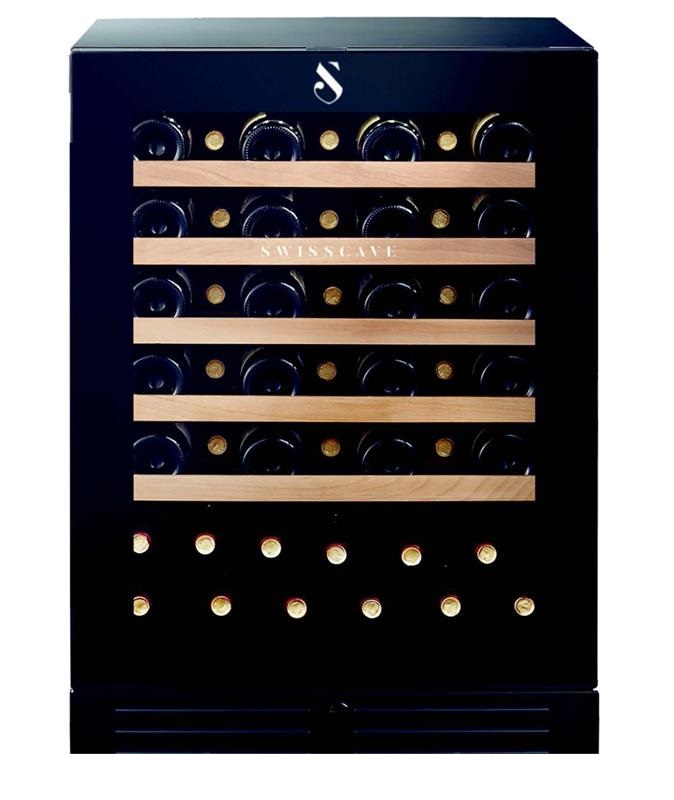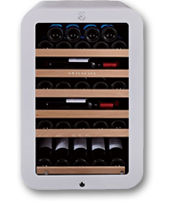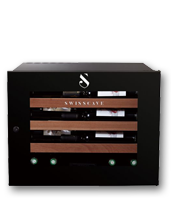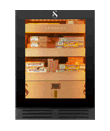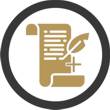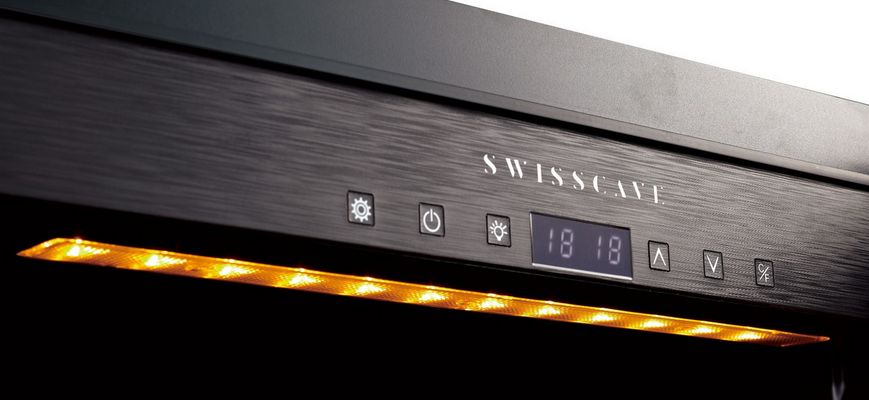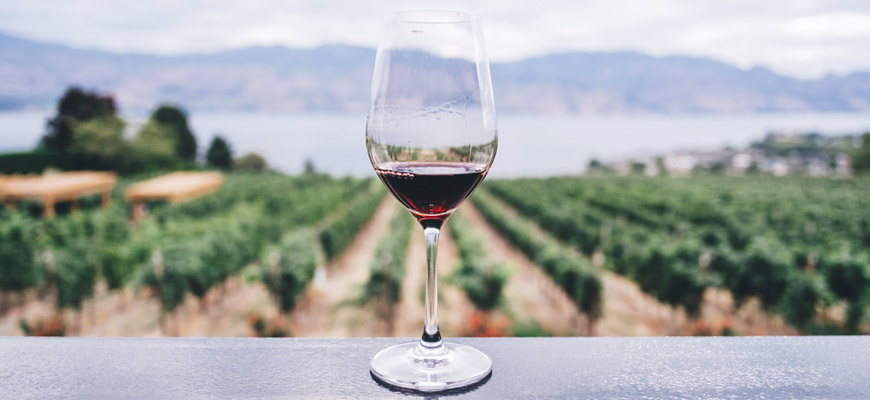
- Home
- Wine Storage: 4th of 6 key factors: Humidity
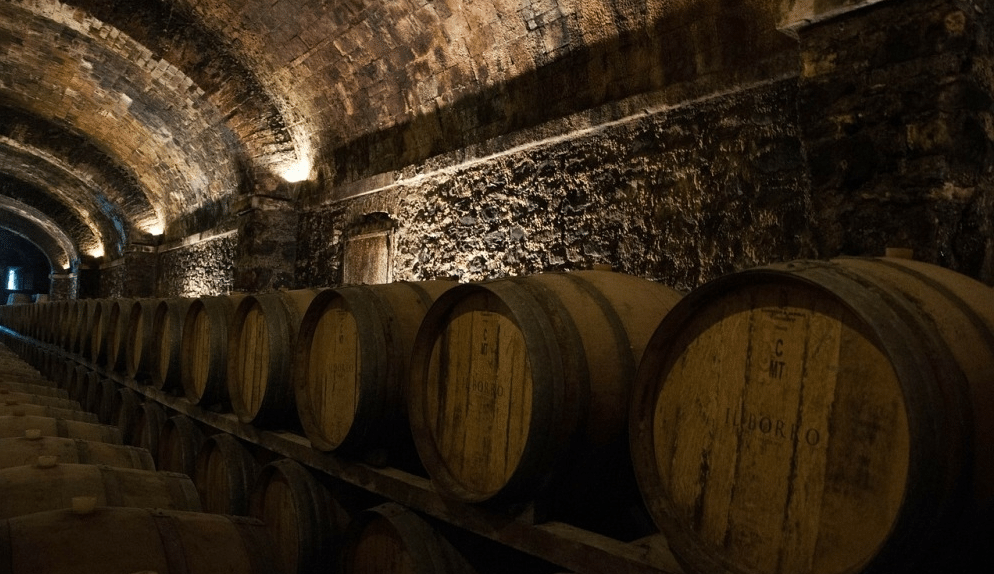
What is the ideal humidity for wine?
In principle the damper the better. We all know the wine cellars and stores of certain wine producers. Barrels and bottles are placed in vaults, cellars or even caves ranging from the damp to the dripping wet. The air in such an environment is frequently of up to 90% humidity. Often, you can find mould on the walls and in the corners in these places, and sometimes even on bottles stored for a long time.
And here the problem begins. You want the best possible storage conditions for your wine in your own cellar or wine refrigerator. That means cool and sufficiently humid storage conditions. However, you want this without the irritating side-effects of mould, standing moisture or shrunken labels.
For this, an ‘ideal‘ relative humidity of around 60 to 70 percent suggests itself for home use. In the case of too little humidity corks can dry out. In the case of too high, the problems mentioned above can occur.
Do I need an actively-controlled air-humidification system in my wine cooler cabinet?
This depends on the humidity and temperature in the room in which the wine cooler cabinet is located. If the air which surrounds the wine bottles is too dry (below about 50%), over time corks may dry out. This leads to oxygen entering the bottles. As soon as this happens the wine goes bad due to resultant oxidation. Here it should be stressed that wine bottles must be stored lying on their sides. The reason is that the corks are kept wet by the wine within the bottles and as such remain tight even over long storage periods.
High-quality corks withstand a period of dry air better than poor-quality ones. Sadly, the quality of cork, a natural resource, is decreasing due to the lack of raw materials.
In standard-issue wine refrigerators (including SWISSCAVE), humidity is passively controlled. The condensation which comes about through refrigeration is used to attain the desired humidity in the cabinet (60% or higher). In normal living-room conditions this works well (at around 20°C and 50-60% humidity).
However, if the room temperature is, as in a cellar, 14° or below, the wine cooler functions either barely or not at all. As such condensation also fails to create the desired additional humidity. If the room is even colder, the heating system integrated into the cooler comes into play. The situation gets even more difficult as the interior is made dryer by this heating process. Or the room air just becomes increasingly dry during the cold months. This of course also reduces the humidity in the wine cooler.
In such cases, passive humidity by means of condensation is no longer adequate or simply absent (if there is no refrigeration condensation is not formed). Active air humidification should be considered. This is formed from humidity control, water sprayers and a water tank (water is added externally).
Critical scenarios of insufficient humidification
In the following three scenarios active humidification should guarantee the air around wine is of sufficient humidity (60 to 70%).
Scenario 1:
Normal room temperature (around 20° or higher). However, for longer periods (meaning months) there is dry air in the room (below around 45%). This tends to happen in the winter months.
Scenario 2:
Room temperature is only around 12 – 16°. Room air is circulating for lengthy periods at below 50-55% relative humidity.
Scenario 3:
The room is cold for long periods (below around 10-12°), activating the integrated heating.
An actively-controlled humidification system (available as an option from SWISSCAVE) makes it possible for the user to adapt the desired relative humidity to a level between 60 and 85%. Its intelligent direction ensures by means of sensors that the necessary humidity is automatically attained and maintained, aided by a piezoelectric water sprayer. Distilled or similar water is used for this. For the use of active humidification the level is to be set at 60 to 65%. Too high a setting can lead to damage to labels or mould formation in coolers. Avoiding active humidification is recommended in seasons with high humidity (55% and over); do not fill up with water. This avoids too high a humidity in coolers. Control only increases, not decreases humidity (no drying function).
Summary
To sum up, if air or airways become too dry for people corks start to dry out too. Wine is then in danger.
In normal conditions (humidity circa 50%, room temperature 20° or higher) passive air humidification in a wine cooler cabinet is sufficient.


